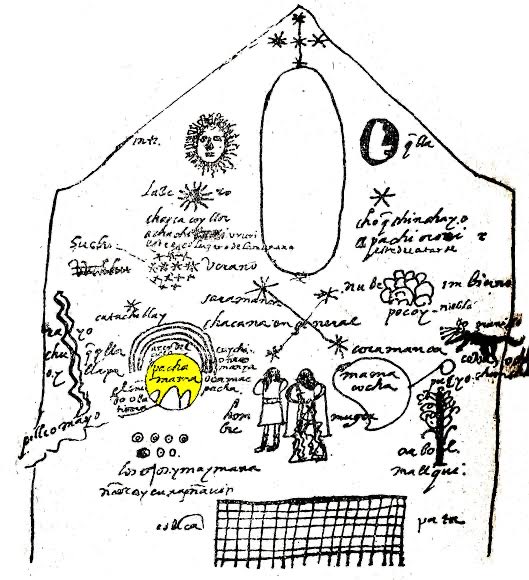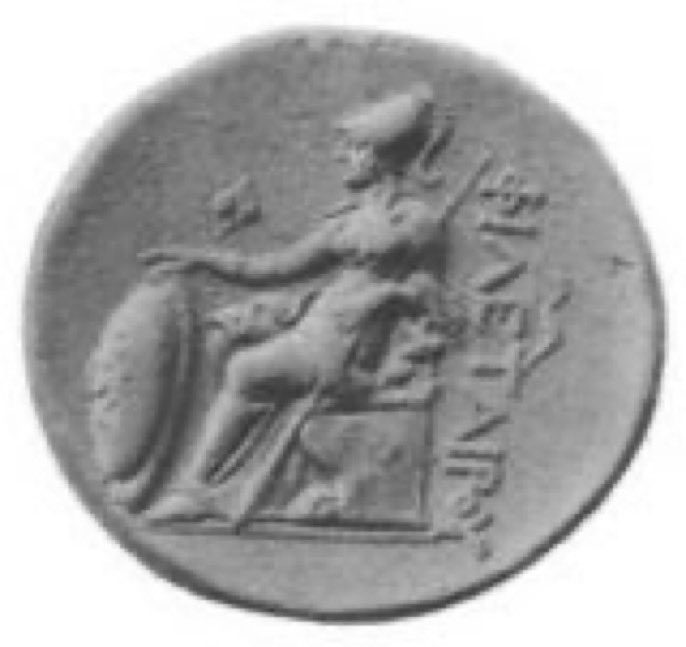
Alice Evans@_alice_evans
Sep 23, 2022
11 tweets
Ancient Greece was one of the most patriarchal societies the world has ever known.
Women were denied rights, seen as inferior, mere appendages to men. In statues they are usually veiled.
So how come gender relations were so radically different in mythology???
I don’t know.
Walking round Turkey’s Museum of Archaeology, it’s not immediately obvious whether a male statue represents a human or a god. They often look similar, to my (nom-classicist) eye.
But Greek human women are nearly always veiled, while their goddesses and nymphs are never.
Why?
Why did patriarchs construct and maintain a mythology of powerful, important women?
Sharply contrasts with Hollywood today, where male producers & directors produce films with male heroes, more complex male roles and larger speaking parts for men.
Ancient Greek mythology has many elements of patriarchy, eg several goddesses of virginity (unlike Egypt which had none).
But still these goddesses are unlike real women: diverse characters, powerful, unveiled, independently active in public, with their own ambitions.
In Southern Mesopotamia by contrast mythology seems to *mirror* society.
In Sumer, women were scribes, heads of households, ran taverns. Female deities had democratic input and rape was punished.
Women were later pushed out of the public life & mythology became patriarchal.
Likewise in the Gulf of Guinea, spirituality matched gender relations on earth.
“God” (lesa) was gender neutral, there were many female deities, lesser goddesses;
femsle spiritual authorities (like oracles) were revered;
Women often organised independently.
In pre-conquest Andean civilisations, women and men were portrayed as complementary, each performed valuable work. Women’s weaving was valuable tribute to the Inca.
And this is mirrored in mythology: women descended from the moon goddess. They celebrated Mother Earth.
When the Han dynasty collapsed, Confucianism lost favour and many women joined Daoism. They gained spiritual authority and exercised freedoms.
Again, gender relations in religion mirrored mortal life.
So to the best of my knowledge, male dominated societies usually maintain religions that reflect and reinforce their patriarchal ideals.
Christians worship God the father.
Ofc in Europe they also projected their own white skin colour onto Jesus.
Mythology mirrored society.
Ancient Greece is thus surprising!
Why did a society that banned married women from watching participating and watching the Olympics simultaneously revere Athena, protector of the city?
How did they even *imagine* women as sufficiently powerful to withstand foreign attacks?
To answer some replies:
1) Yes, Greek myths include rape. But my point is it’s still much less patriarchal than mortal society.
2) Adaption from Minoans? Not sure why people keep saying this. No evidence afaik of similar characters.

Alice Evans
@_alice_evans
✍️ THE GREAT GENDER DIVERGENCE
⚖ Why have all societies become more gender equal?
🌏 Why are some more gender equal than others?
💼 @KingsCollegeLon @Harvard
Missing some tweets in this thread? Or failed to load images or videos? You can try to .





